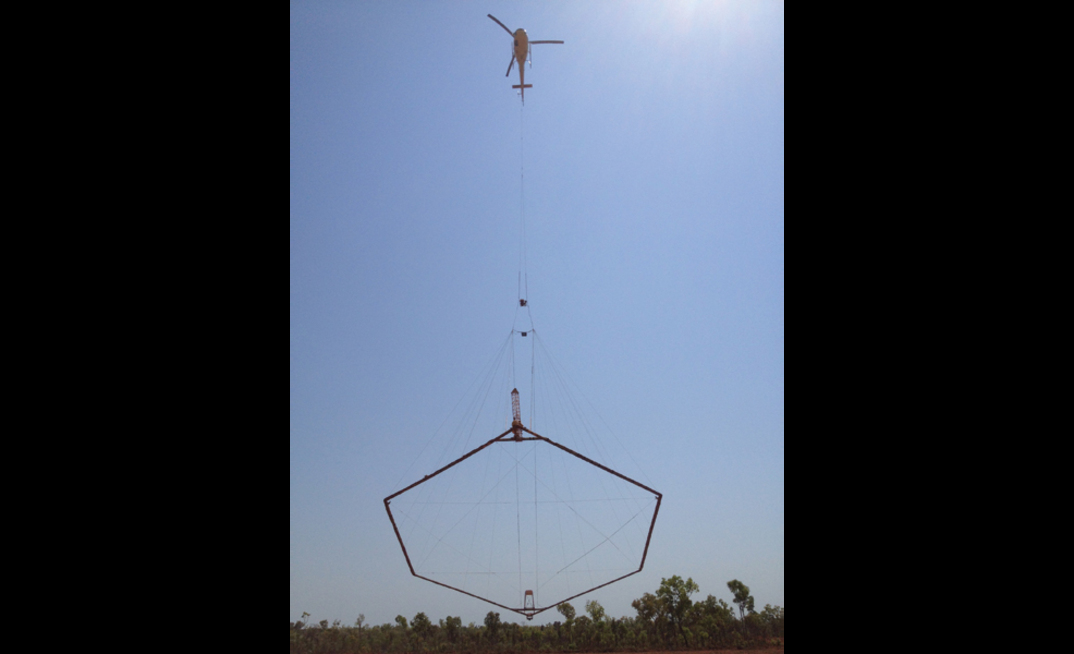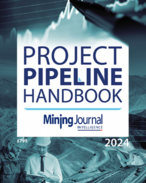A comprehensive nationwide airborne geophysical survey of Sierra Leone is to start in October this year after the Government of Sierra Leone received international funding support for the programme.
The government under the Extractive Industries Technical Assistance Project 2 (EITAP 2), a World Bank funded project, has secured funds for a countrywide airborne geophysical survey. This survey will add new knowledge to and significantly improve the understanding of the country's geology and mineral occurrences.
Sierra Leone's mineral sector is considered to be of immense untapped potential and this survey will aid geological and structural mapping, as well as directly detect some mineral deposits.
The latest national geological map was compiled in 2004 by the Council for Geosciences for the Geological Survey of Sierra Leone (GSSL). Existing data based on geological mapping of parts of the country by the GSSL and the British Geological Survey between the 1950s and 1970s was used, but no ground-truthing was done. Some areas have never been mapped, meaning there are varying levels of detail in the current map.
Knowledge about the geology of the country is therefore limited with very little modern data available. Priority areas for geological mapping will be selected based on the interpretation of the airborne survey.
Survey specifications
GeoFocus (Pty) South Africa was contracted to chart and prepare the groundwork and design for a successful survey.
It held consultations with the National Minerals Agency (NMA) and did a detailed GIS study of available geological data including previous airborne surveys conducted by companies. Field work was done to collect mag netic susceptibility, topographic and depth-ofweathering data and to hold consultations with mining and exploration companies.
The study concluded that detailed aeromagnetic/radiometric survey is justified with selected blocks in the gold and diamond mining areas flown using electromagnetics. The survey will be flown at low altitude, preferably 50m or less above ground depending on safety considerations. The flight line spacing for the aeromagnetic/radiometric survey is 150m, while that for the electromagnetics is 200m.
The surveys will be flown at 45o to the west of longitude 12o W, and at 315o to the east of longitude 12o W. These line directions were selected so that they cut across the strike of the known geology. The surveys will be flown within the six months' dry season from November 2018 to April or May 2019.
The GoSL has called for bids for contractor services for the aeromagnetic/radiometric survey, the electromagnetics survey and for the supervision and provision of quality control for the integrated surveys.
Geodata management policy
The valuable geological data/information produced will increase investor interest not only in the mining sector but also in other sectors such as agriculture, rural planning and water resources. EITAP 2 has plans to strengthen the country's Geodata Information Management System so that the NMA will be able to provide "basic and reliable geological information to facilitate the promotion of private investments in the mining sector, identify areas that may be reserved and to support the planning of the socio-economic development of the country".
A data management policy that would provide guidelines for the collection, storage, use and dissemination of the country's geodata, including the airborne geophysical data, is been prepared and would require approval from the government, including the legislative branch.
The six-month national geophysical survey adds to efforts to create greater awareness of Sierra Leone's mineral endowment, and stimulate investment in greenfields exploration activity, and caps a period of significant adjustment of the country's mineral-sector governance.
The Sierra Leone government has, in the past five years, supported the closure of gaps in the legal/regulatory framework, established the National Minerals Agency (NMA) and strengthened the institutions responsible for the management of the mineral sector.
ABOUT THIS COMPANY
Sierra Leone
- A country rich in natural resources
- Iron-ore mining operations have resumed
- Diamond production ongoing from three kimberlite pipes
- Primary gold exploration at an advanced stage
HEAD OFFICE:
- Address: NMA Headquarter, New England Ville, Freetown
- Phone: 00232-79-250702
- Email: info@nma.gov.sl
- Web: www.nma.gov.sl/



























